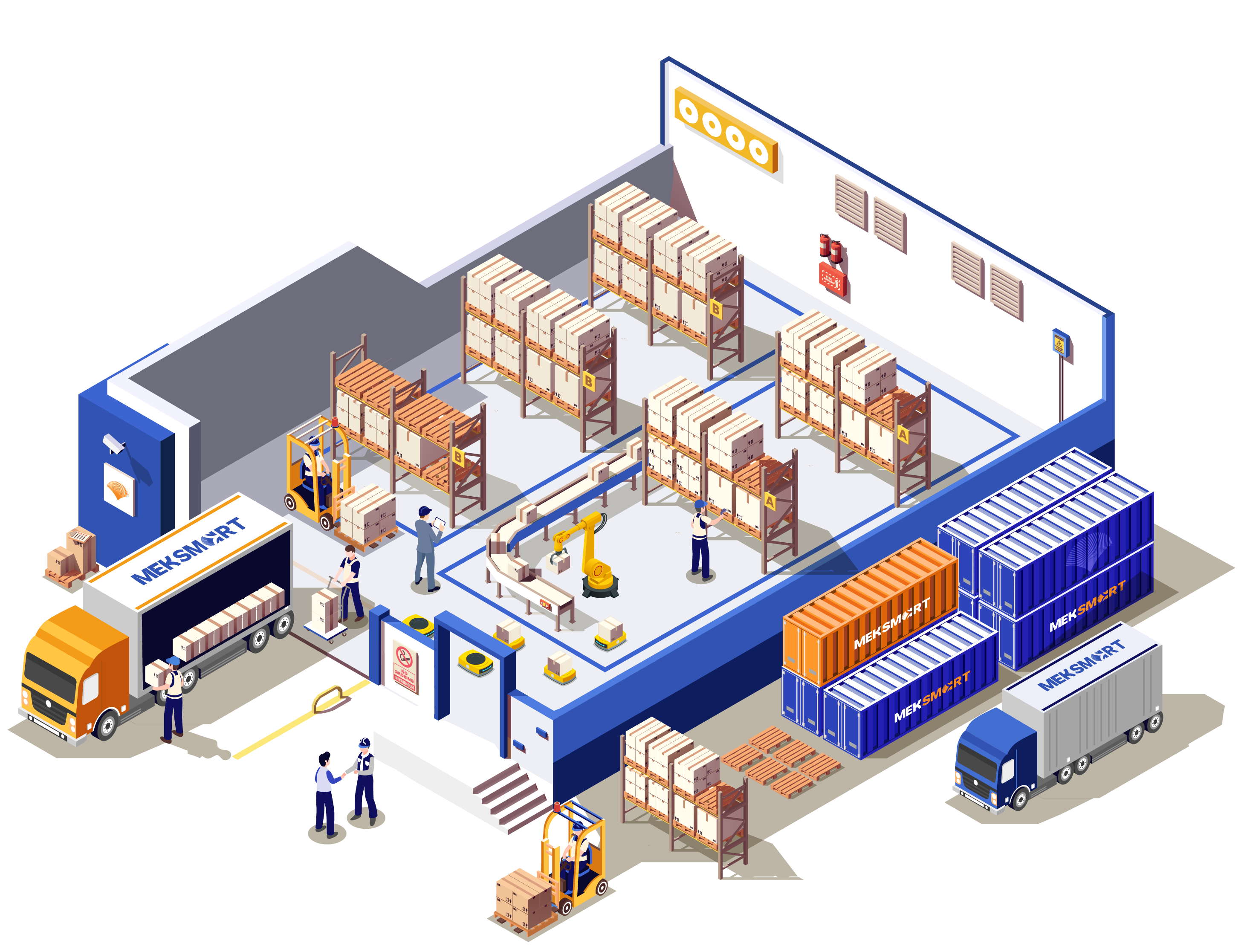MEKSMART
GENERAL NEWS
Author: Meker M
Update: 14/12/2022
THE DIFFERENCE BETWEEN SAFETY STOCK AND CYCLE STOCK?
Safety Stock and Cycle Stock are two key concepts in determining the inventory level of a business. The above two components need to be calculated on an SKU basis and adjusted over time to optimize costs and risk factors, typically “Overstock”; or even more seriously “Out of stock”- Lack of goods.
1. Cycle Stock
Cycle Stock is the amount of inventory that is planned for use over a certain period of time.
This stage is usually defined as the time between orders (for raw materials) or the time between production cycles (for work in the forming and finishing of the product.
One of the best ways to define Cycle Stock is based on demand planning. In the absence of forecasts, historical data can be used as a proxy, especially those related to product seasonality, product life cycle factors, or trends. future direction to see the volatility of the market.
2. Safety Stock
Safety Stock, also known as Buffer Stock, can be understood as buffer inventory; Air freight was in the original sales plan but was reserved for emergency use.
The term safety stock is often used when market demand exceeds product sales and initial forecasts, or if production output is lower than planned.
Depending on the severity of the risk and the inventory policy of the business, a safety stock can be a 'lifeline' in both cases, or at least enough to keep the business running for a long time. a certain period of time. From there, businesses can consider, analyze and flexibly adapt to risks by conducting back orders, or balancing human resources and the production capacity of the factory.
3. Conclusion on Safety Stock and Cycle Stock
Both Safety Stock and Cycle Stock can be integrated as metrics to determine the optimal inventory level for each commodity SKU, based on the synthesis and analysis of many factors and data across departments. throughout an enterprise's Supply Chain, or in other words, clearly reflects the importance of "Collaboration" in the Chain.
It can be said that understanding the two factors Safety stock and Cycle stock is the first step toward improvement and optimization in the Supply Chain. Integrating methods of regular inventory assessment, and incorporating inventory management into Sales Planning, manufacturing, and purchasing processes will help ensure alignment of the organization and operations. lasting.
Therefore, any significant adjustment to the number of goods, whether Safety Stock or Cycle Stock, must be informed, agreed upon, agreed, and acknowledged at all risks by all departments in the Chain.
Source: www.trindent.com











